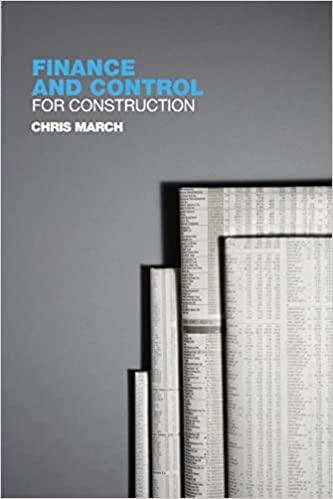Answered step by step
Verified Expert Solution
Question
1 Approved Answer
please provide formulas and detailed steps 2-9. Determine the value of each described annuity. Each annuity is ordinary, unless otherwise specified. 43 (a) Invest $1000/month
please provide formulas and detailed steps 

Step by Step Solution
There are 3 Steps involved in it
Step: 1

Get Instant Access to Expert-Tailored Solutions
See step-by-step solutions with expert insights and AI powered tools for academic success
Step: 2

Step: 3

Ace Your Homework with AI
Get the answers you need in no time with our AI-driven, step-by-step assistance
Get Started


